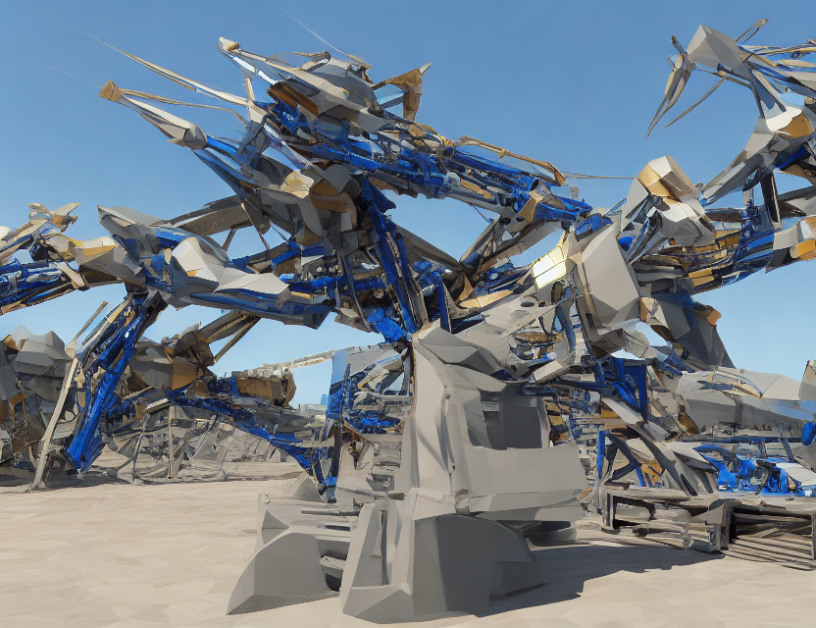Self-attention is a powerful technique used in neural networks to enhance their ability to capture long-range dependencies and relationships between different parts of a sequence. It has gained popularity in recent years due to its effectiveness in various natural language processing (NLP) tasks, such as machine translation, text summarization, and image captioning. In this article, we will delve into the concept of self-attention, its advantages over traditional recurrent or convolutional neural networks, and explore how it is used in a popular model called Transformer.
What is Self-Attention?
Self-attention is a mechanism that allows a neural network to focus on specific parts of a sequence when processing it. Unlike traditional neural networks that rely solely on local information, self-attention enables the network to weigh the importance of different parts of the sequence based on their relevance to each other. This is achieved by computing scores for each pair of elements in the sequence and then using these scores to create a weighted representation of the sequence.
Advantages of Self-Attention
One of the primary advantages of self-attention is its ability to capture long-range dependencies in a sequence. Unlike recurrent or convolutional networks that rely on local information, self-attention allows the network to consider the entire sequence when making predictions. This makes it particularly useful for tasks such as machine translation, where the model needs to understand the relationships between different words in a sentence.
Another advantage of self-attention is its parallelization capabilities. Because the attention mechanism only requires computing scores for each pair of elements in the sequence once, it can be easily parallelized across multiple GPUs or CPU cores. This makes it faster and more scalable than traditional neural networks that require sequential processing.
Applications of Self-Attention
Self-attention has been successfully applied to various NLP tasks, including machine translation, text summarization, and image captioning. One of the most popular models that uses self-attention is the Transformer, which has achieved state-of-the-art results in many of these tasks. The attention mechanism in Transformer allows it to capture long-range dependencies between words in a sentence, enabling it to generate more accurate translations.
Conclusion
In conclusion, self-attention is a powerful technique used in neural networks to enhance their ability to capture long-range dependencies and relationships between different parts of a sequence. Its advantages over traditional neural networks include its ability to capture long-range dependencies and its parallelization capabilities. Self-attention has been successfully applied to various NLP tasks, including machine translation, text summarization, and image captioning, and is likely to continue to play a crucial role in these areas in the future.



